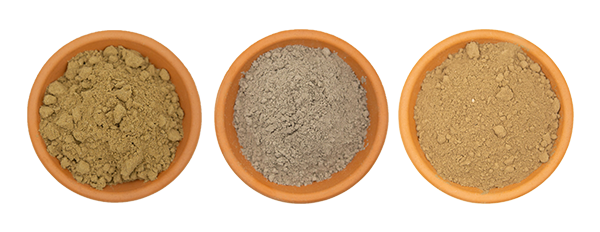Find the precise pH balance your plants require with our wide selection of hydroponics pH up and down solutions. Whether you need potassium hydroxide to raise pH levels or ortho-phosphoric acid to lower pH, we carry top brands like Hy-Gen, Flairform and Liquid Science.
We offer both liquid and powder pH adjusters to suit your hydroponics needs. Potassium hydroxide solutions are ideal for raising pH levels in nutrient solutions up to around 7.0, while orthophosphoric acid options lower pH down to around 5.5.
For organic gardening, we carry Professor's Nutrient Organic pH Up & Down adjusters made from ingredients like potassium carbonate and citric acid. These work just as effectively at changing pH levels, but are derived from natural sources.
Our experts can help you determine the optimal pH range for your specific plants and growing medium. We have a wide assortment of pH Up & Down products in stock and ready to ship, so you can maintain proper pH balance and maximize yields from your hydroponic system.
Whether you need small quantities for personal use or large volumes for commercial growing, we have the hydroponics pH adjustment solutions to meet your needs. Contact us today to discuss which pH up and down options will work best for your hydroponic garden.
5 Related Content Found

Ten watering rules of thumb

What is pH and why is it important?

Nominal EC and pH Values for Hydroponic Crops

High TDS / Hard Water Issues

Tutorial for Mixing Canna Hydroponic Nutrients
Q: Why is pH important?
A: pH is a crucial measurement that reflects the chemical composition of a solution. It plays a vital role in controlling nutrient availability, biological processes, microbial activity, and the behaviour of chemicals. Monitoring or regulating pH levels in soil, water, and food or beverage products is essential for various applications.
Soil is a complex ecosystem influenced by pH levels, affecting factors like microbial activity, fungal growth, nutrient availability, and root development[^1^].
Under acidic conditions, many minerals in the soil become soluble, releasing harmful metals like aluminium. Some nutrients, such as phosphorus and molybdenum, become less accessible at lower pH levels. Conversely, under alkaline (basic) conditions, the soil may lack nutrients like zinc, copper, iron, manganese, boron, and phosphorus.
Most plants thrive in a pH range of approximately 6.0 to 7.0, as this range offers optimal nutrient availability. However, certain plants prefer more acidic or basic conditions, such as blueberries (pH 4.0-6.0) or hyacinths (pH 6.5-7.5).
When soil pH falls outside the desired range, it can be adjusted by adding acidic substances (e.g., native sulphur) or basic substances (e.g., lime) to the soil. Correcting acidic soil through liming requires an exchangeable acidity analysis to determine the required amount of lime.
Why does pH increase? During plant growth, they absorb different elements from nutrients at varying rates. You might notice that pH tends to rise in hydroponics as plants rapidly grow.
As plants absorb nutrients like Nitrogen (in the form of Nitrate ions NO3^-), the roots release negatively charged hydroxide ions (OH^-) to maintain a balance of anions and cations in the root zone. This continual release of OH^- ions causes an increase in pH, resulting in an alkaline solution.
Plants don't selectively absorb only nitrate; they take up various elements in ratios suitable for their growth, illustrating the selective nature of nutrient absorption.
Q: Why does pH decrease?
A: When plants uptake cations like Potassium, Calcium, and Magnesium (K^+, Ca^2+, and Mg^2+), the roots release hydrogen ions (H^+) to maintain equilibrium. This process causes the pH of the nutrient solution to drop, resulting in increased acidity.
By monitoring whether pH is rising or falling, you can gain insight into the root zone's condition and take corrective actions to maintain pH stability in hydroponics.
Q: What is the difference between Phosphoric Acid and Citric Acid?
A: Phosphoric acid is a weak mineral acid with the chemical formula H3PO4, while citric acid is a weak organic acid found naturally in citrus fruits. The primary distinction between phosphoric acid and citric acid is that phosphoric acid is a weak mineral acid, whereas citric acid is a weak organic acid.
Q: Which pH down should I use?
A: In general, if you don't plan to use the nutrient water mix immediately, we recommend using Phosphoric Acid-based pH Down, such as Hy-Gen pH Down. However, if you intend to use the nutrient water mix right away, both citric acid and phosphoric acid will effectively adjust the pH to the desired level.













